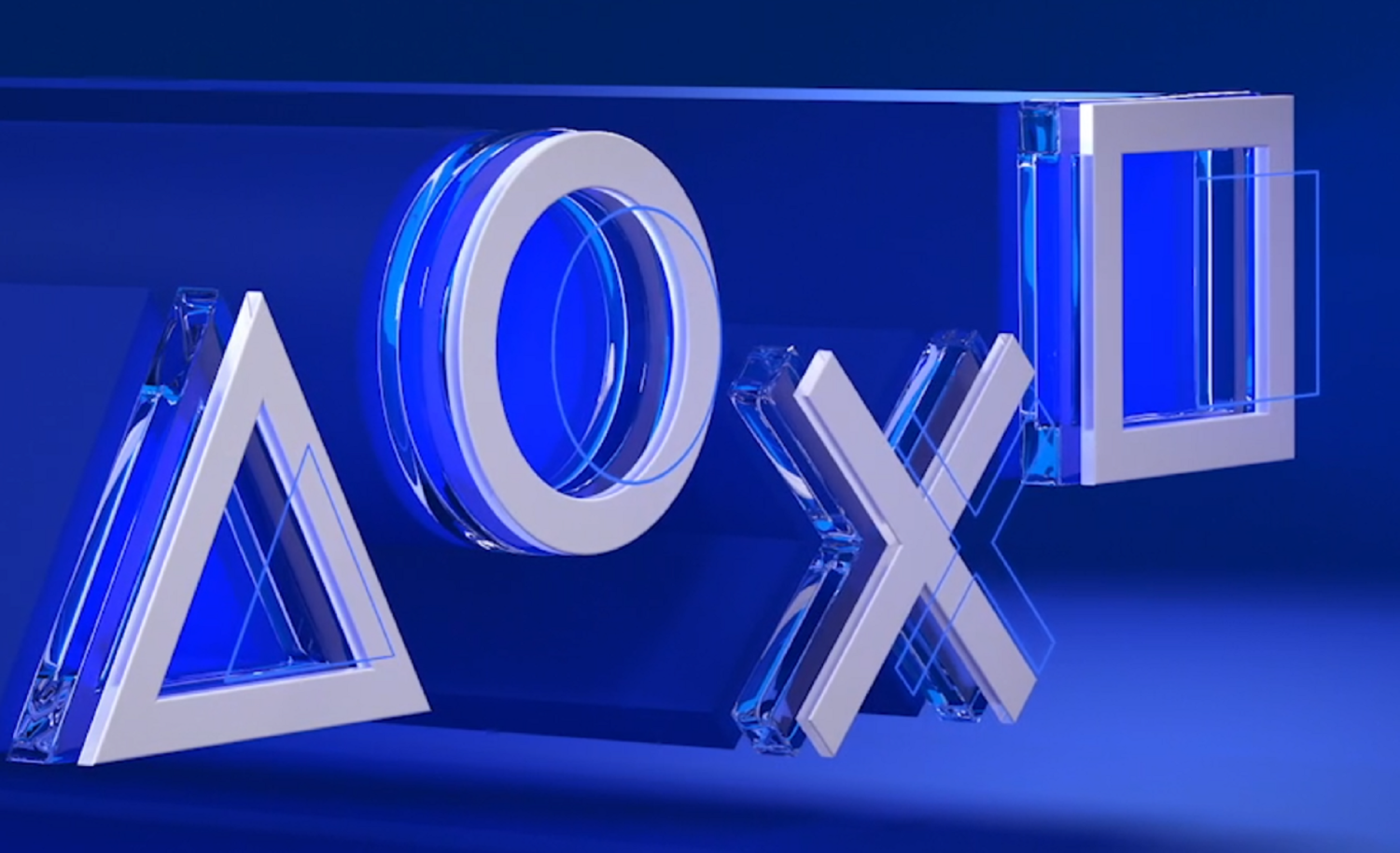I don’t think it’s right to rule out something quite yet, this is all for speculation after all, the tech exists and Sony FP used it which means it is possible, no one is saying Nintendo is going to adopt it right now, it is still a speculation thread where we can speculate. PS5 lacks ML inference capabilities, everything would need to be done in the shaders. PS5 can top out at 20TF of FP16 that can be used for this
Drake, let’s give it a theoretical 2TF docked and assume it can only deliver 1TF in portable mode. It can still achieve 16TF (with sparsity which is a hardware feature on Ampere and later) of FP16 thanks to those tensor cores. Not that far off from the PS5 peak FP16 capability.
With that in mind, let’s assume that Drake is 1TF portable, 2TF docked at best. CPU is clocked to no better than 800MHz and it only has 8GB of RAM. Let’s also assume that it has really slow storage speed, storage speed that is actually not at all different from what the switch has right now, let’s put it at 25MB/s for simplicity sake.
A feature like this that can upscale textures in real time would be pretty useful for such a limited device. Sure it has a decompression engine, but we can assume for this example that it operates at only a factor of 2x. So, the storage speed operates better than what it does right now by 2.
Ok we have the device in mind, right? It’s an upgrade from the switch, but a far cry from the PS4 Pro, XBox One X and Series S.
Of that 8GB of memory, 1-1.5GB let’s reserve it for OS related tasks.
So here is what we have in essence:
-2TF TV mode/1TF HH mode
-8 A7x cores clocked to 800MHz
-8GB of RAM, 6.5-7GB available for game usage
-Bandwidth of 102.4GB/s at the highest peak
-64GB of eMMC storage that operates with delivering 25MB/s of throughput in its read speed but an FDE that would aid this factor to be more like a 50MB/s.
-and for extra sake, all of this only delivers at best 4.75H of battery life in portable mode and 1.75H at the lowest
These stats helps us with quantifying the purpose or use case that this can have if it was implemented into Nintendo’s own first party tools and even more for third party tools. The low memory amount and the slow speed of the storage helps to allow for lower textures to be scaled in real time to a higher quality one. Not only that, but it can help alleviate a cart issue quite a bit I think, rather than having to ship with large textures, ship with a step below and allow the system to scale it up.
So, maybe a game that is, say, 50GB. Would need a 64GB cart to fit, but maybe with smart utilization they can squeeze it to the 32GB and have all included.
On top of all that, you can get faster load times for this device and it can have competitive load times if devs accommodate for the system and it’s limitations.
But this would require a lot of work from NV and Nintendo to make it part of its tools for devs to use and make proper use of.
In a different world, there would be a 4GB, 8GB, 16GB, 20GB, 24GB, 32GB, 40GB, 48GB, 64GB and an elusive but expensive, 128GB, cart for devs to choose from and the first 6 being relatively cheap.


